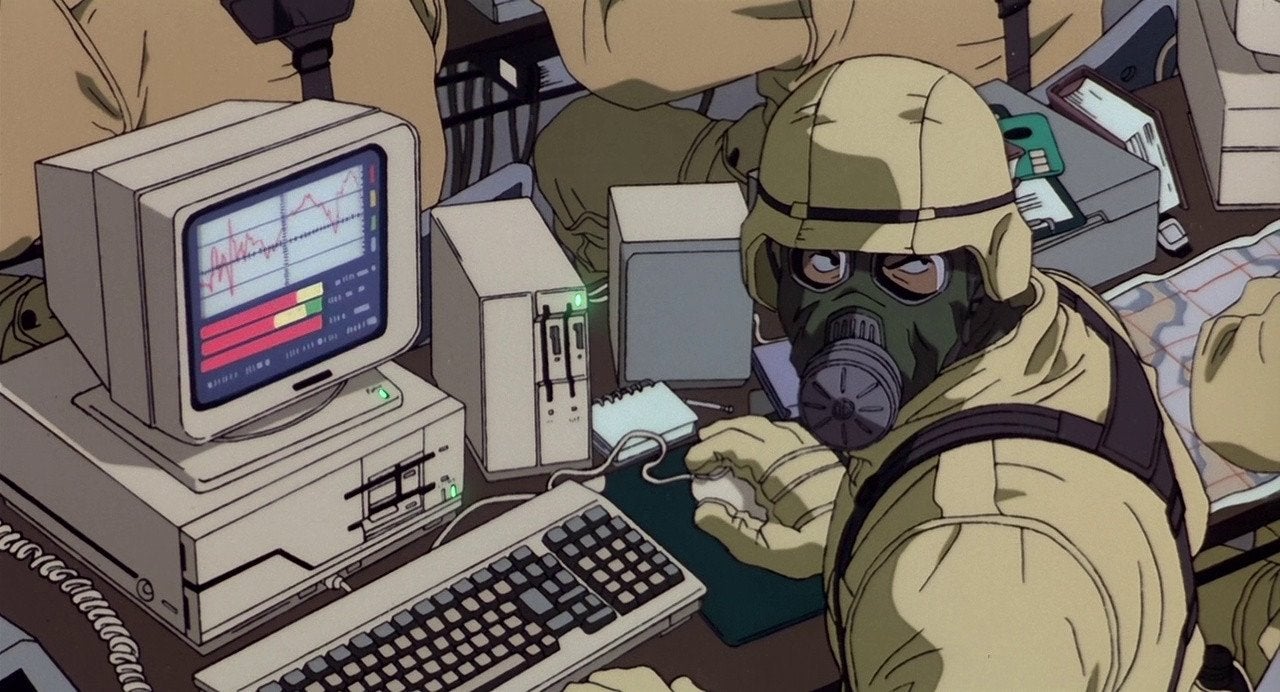It is mentioned in class by Ashtrick that the time-loop genre may possibly be produced and developed in Japan in the late 20th century due to the huge economic recession as well as the implicit hope to “go back time and start over”. For this blog post, I would like to further elaborate on this idea and introduce a little more background on how technology thrived in anime as a product of the modernization of Japan before the 1990s.
Japan’s economy resurrected quickly in the post-war period. Specifically, its economic recovery from the oil shocks (high oil price and low supply leading to high demand for energy-saving automobiles) was rapid and strong. The engine of Japanese resurgence contributed mostly to this recovery. The destination of most of the automobiles, VCRs, and Sony Walkmen that revived Japanese industry was the United States. U.S. consumers, also reeling from the oil crisis, clamored for fuel-efficient Japanese cars. As a consequence, anime in this period of time represented Japanese people’s hope and optimism for a prosperous nation in the middle of modernization. New technological inventions were largely included: television, instant noodles, and more importantly, robotics technology.
For example, the famous anime Astro Boy has embedded a corresponding sense of optimism that Japan is able to divert war technology into more humanistic technology. Robots used in war that are supposed to be destructive
could be converted into a more humane and beneficial form. The prosperity of high-tech in late 20th century anime thus opens new possibilities for human lives. Yet the upcoming economic recession (known as “the Lost Decade”) led to an extra layer of pessimism to the high-tech modernization in Japan. While time-travel (as one of the products of the public imagination of futuristic high-tech) was already a huge topic in anime at the time (time-travel animes: Doraemon, Maroko, Psychic Wars), the pessimism led people to further question the risk of technology, and of course, the question of could we all start this again? To escape from the reality and look for a better solution? And as you could imagine, one answer is time-loop.
While I certainly agree that time-loop anime in the late 20th century was partially produced by the demand for restart and escapism, the prosperity in technology both in the reality of Japan and the imagination is also necessary for the formation of this “genre”.

